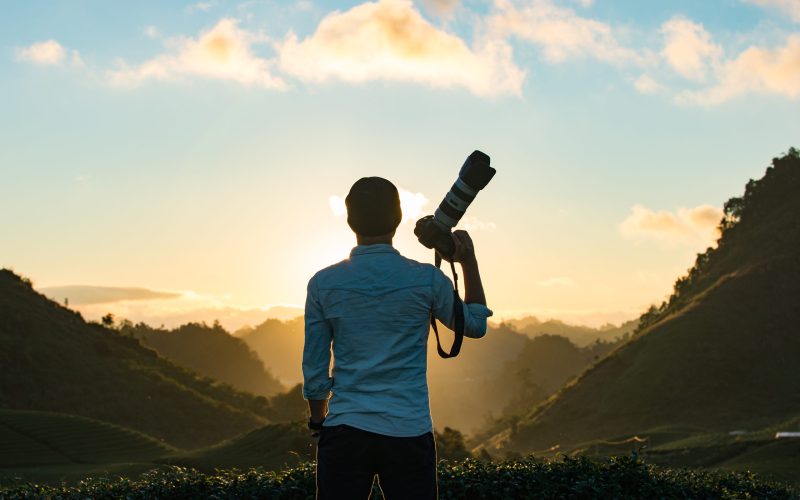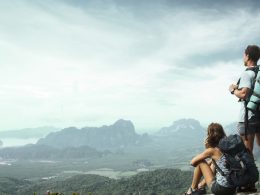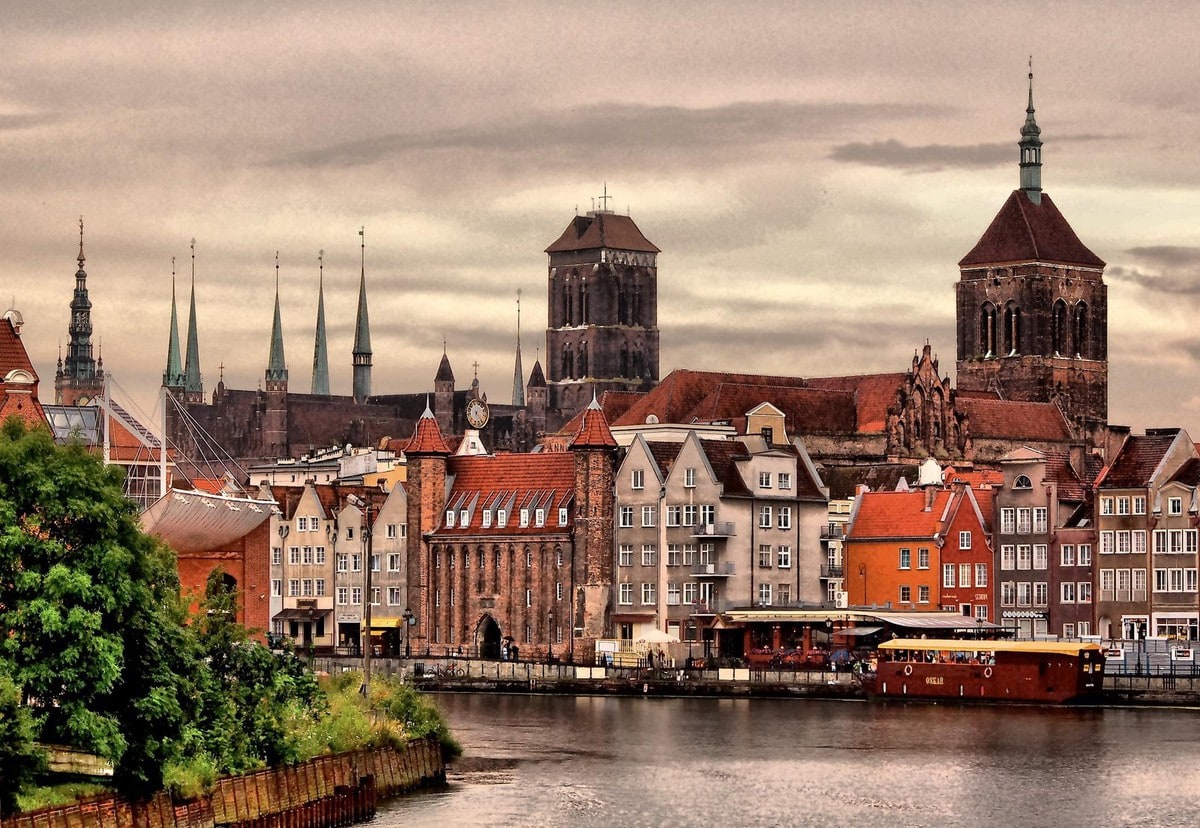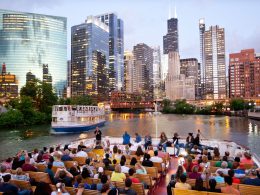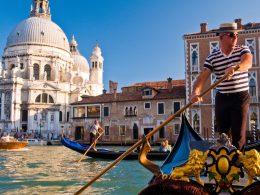Travel photography is a blend of artistry, storytelling, and technical skill, allowing photographers to capture the beauty and essence of destinations around the world. In this article, we’ll explore tips and techniques to help you elevate your travel photography and capture stunning shots that evoke a sense of wanderlust and adventure.
Introduction
Travel photography is more than just snapping pictures; it’s about capturing moments, emotions, and the essence of a place. Whether you’re exploring exotic landscapes or bustling city streets, mastering the art of travel photography enables you to preserve memories and share your experiences with others.
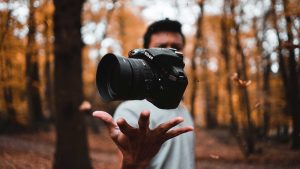
Relevance and Importance
In an era where travel has become more accessible than ever, travel photography serves as a means of documenting our journeys, preserving cultural heritage, and inspiring others to explore the world around them.
Preparation and Planning
Effective travel photography begins long before you reach your destination. Proper preparation and planning are essential for maximizing your photographic opportunities and capturing memorable shots.
Research Your Destination
Researching your destination in advance allows you to familiarize yourself with its culture, history, landmarks, and unique features, helping you identify potential photographic subjects and viewpoints.
Pack Light, Shoot Smart
Traveling with cumbersome camera gear can be burdensome and restrictive. Opt for lightweight, versatile equipment that meets your needs without weighing you down, and consider investing in compact camera options or mobile photography accessories for added flexibility.
Composition Techniques
Composition is key to creating visually compelling images that draw the viewer’s eye and convey a sense of depth and perspective. Explore various composition techniques to enhance your travel photography.
Rule of Thirds
Divide the frame into thirds both horizontally and vertically, and position key elements along these intersecting lines or their points to create balanced and visually appealing compositions.
Leading Lines
Use natural or man-made lines within the scene, such as roads, pathways, or architectural features, to lead the viewer’s gaze toward the main subject or focal point of the image.
Lighting and Timing
Lighting plays a crucial role in photography, influencing mood, atmosphere, and visual impact. Understanding how to work with different lighting conditions and timing your shots effectively can elevate your travel photography.
Golden Hour
The golden hour, occurring shortly after sunrise and before sunset, offers soft, warm, and directional light that enhances colors, textures, and contrast, making it ideal for capturing atmospheric landscapes and portraits.
Blue Hour
The blue hour, occurring shortly before sunrise and after sunset, provides a magical, ethereal quality of light characterized by deep blue hues, creating captivating scenes for cityscapes and architectural photography.
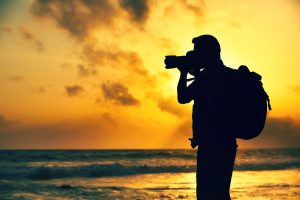
Post-Processing Tips
Post-processing allows you to fine-tune and enhance your images, bringing out their full potential and adding your unique artistic touch. Explore post-processing techniques to refine your travel photography.
Editing Software
Experiment with popular editing software such as Adobe Lightroom, Photoshop, or mobile apps like Snapseed or VSCO to adjust exposure, color balance, contrast, and other elements of your photos.
Maintain Authenticity
While post-processing can enhance your images, it’s essential to maintain the authenticity and integrity of the scene. Avoid excessive manipulation or filters that distort reality and strive to preserve the true essence of your travel experiences.
Conclusion
Travel photography is a rewarding pursuit that allows you to explore the world, express your creativity, and share your adventures with others. By incorporating preparation, composition techniques, lighting strategies, and post-processing skills into your photographic workflow, you can capture stunning shots that encapsulate the beauty and wonder of travel.






